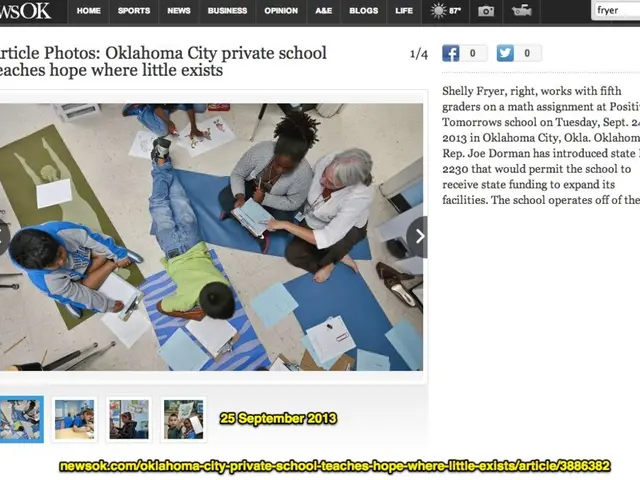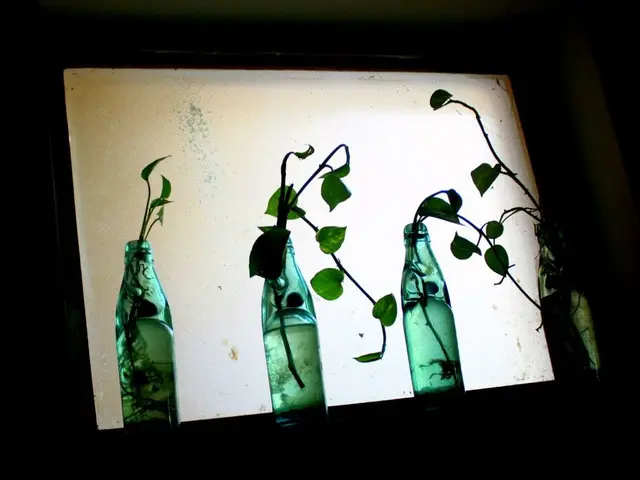Stroke Recovery Process: Insights into Brunnstrom Stages, Duration, and Beyond
The Brunnstrom Stroke Recovery Stages, developed by physical therapist Signe Brunnstrom in the 1960s, provide a framework for understanding the progression of movement and brain reorganization after a stroke. The six stages, ranging from Flaccidity to Spasticity disappears, and coordination returns, offer insights into the recovery process.
During the first stage, Flaccidity, a person is unable to move their muscles and may feel limp and floppy. As recovery progresses, the person enters the second stage, Onset of spasticity, where muscles may tighten involuntarily in response to a stimulus, and the person may have difficulty relaxing their muscles.
In the third stage, Increased spasticity, some of a person's muscles begin to tighten, and it may be even harder to relax the muscles. However, during the fourth stage, Decreased spasticity, involuntary muscle tightening decreases, and the brain gets better at sending signals to specific muscles to move them voluntarily.
The fifth stage, Increased complex voluntary movements, sees a person becoming more capable of performing complex muscle movements voluntarily, with involuntary muscle tightening at a minimum. Finally, during the sixth stage, Spasticity disappears, and coordination returns, a person's control of their movements almost fully returns to typical function, and involuntary muscle tightening disappears, and the person's movements become more coordinated.
The recovery timeline and progress through Brunnstrom stages are affected by several factors. Neural plasticity and rehabilitation interventions, such as transcranial direct current stimulation, significantly influence recovery, with treatments that promote neuroplasticity improving Brunnstrom stage progression.
The severity and location of the stroke also impact recovery. The initial level of impairment, such as muscle power and spasticity, affects how quickly patients move through Brunnstrom stages. Cognitive and behavioral factors, including cognitive status, agitation, and sleep quality, can influence rehabilitation outcomes.
Spasticity and muscle tone, as measured by the Modified Ashworth scale, are relevant, as excessive spasticity can delay progression in recovery stages. Rehabilitation approaches and frequency, including physical medicine and rehabilitation programs, influence stability and improvement in recovery metrics like Brunnstrom stages, muscle tone, and function.
It's essential to seek prompt medical attention within 3 hours of the first stroke symptom to significantly increase the chance of a positive outlook. People can see improvements in their condition beyond 12 months after a stroke, according to a 2019 study in the Journal of Neurophysiology.
However, long-term disabilities can develop following a stroke, with possible disabilities including problems controlling movement, sensory problems, language problems, thinking and memory problems, and emotional disturbances. Various complications can affect the success of a person's rehabilitation from a stroke, including swelling of the brain, pneumonia, urinary tract infections, seizures, clinical depression, bed sores, shortening of arm or leg muscles, shoulder pain, deep vein thrombosis, and increased risk of another stroke.
Spontaneous recovery, the brain's ability to reorganize itself, is an important factor in stroke rehabilitation but is not usually enough to return to pre-stroke wellness. Clinical guidelines for stroke rehabilitation may need to be revised based on the findings of the 2019 study. The Brunnstrom stages describe the development of the ability to move and the reorganization of the brain after a stroke.
A caregiver can play an instrumental role in supporting a stroke survivor during their recovery process, understanding the Brunnstrom Stroke Recovery Stages as a roadmap for movement and brain reorganization post-stroke. Science and medical-conditions, such as neural plasticity and brains' natural ability for spontaneous recovery, significantly impact the stroke survivor's progress through these stages.
Proper therapies and treatments, including transcranial direct current stimulation, can help promote neuroplasticity, speeding up Brunnstrom stage progression. Mental health is also crucial, considering that emotional disturbances like clinical depression can affect rehabilitation outcomes.
It's crucial to seek immediate medical attention after a stroke to increase the chances of a favorable outcome, even though long-term disabilities might develop. Beyond 12 months, a stroke survivor can still experience improvements in their condition, but they may need continuous care for neurological disorders such as problems controlling movement, sensory issues, language problems, thinking and memory issues, and emotional disturbances.
In this journey of health and wellness, it's essential to consider various complications, including swelling of the brain, pneumonia, urinary tract infections, seizures, depression, bed sores, muscle shortening, shoulder pain, deep vein thrombosis, and an increased risk of another stroke. The guidance provided by the Brunnstrom stages offers valuable insights into the process of improving a stroke survivor's functionality and quality of life.




